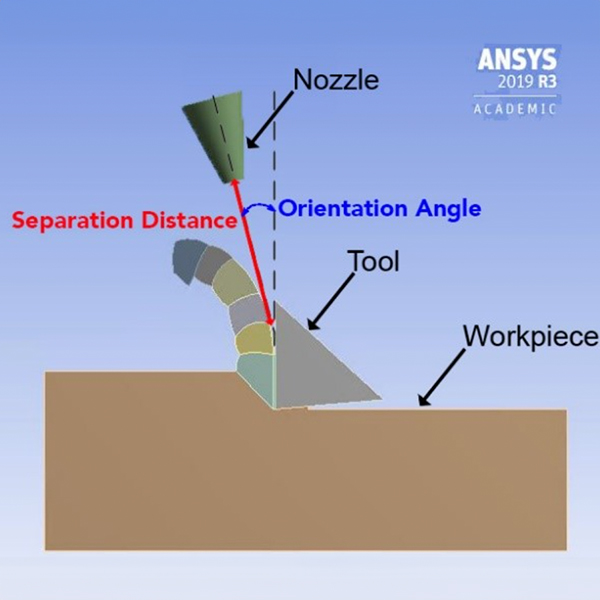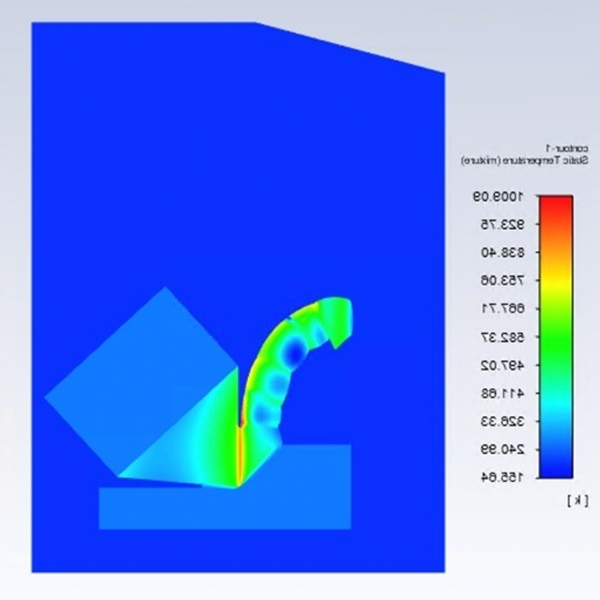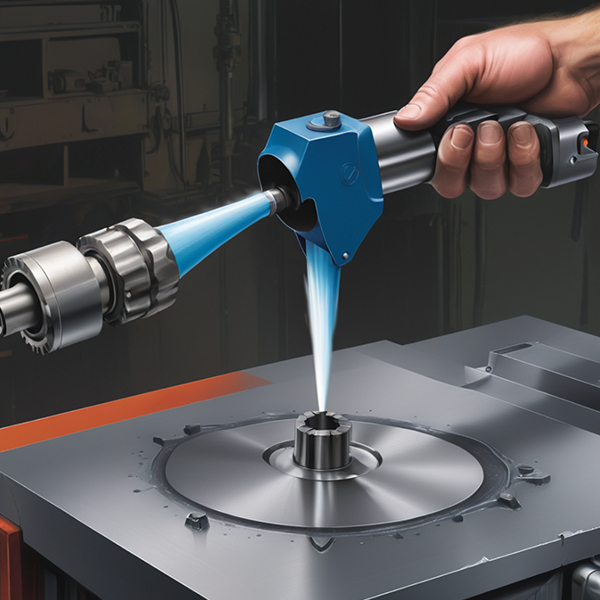Modelling the cryogenic environment aided by CFD & FEM to provide optimized solutions for unconventional manufacturing of aerospace alloys
Project Details
- Student(s): Charlie Salame
- Advisor(s): Dr. Roland Bejjani
- Department: Industrial & Mechanical
- Academic Year(s): 2020-2021
Abstract
The manufacturing industry today needs to meet the increasing demands of the aerospace industry among others, which makes the optimization of its manufacturing processes critical. This research investigates the optimization of cryogenic manufacturing of aerospace materials such as titanium alloy Ti-6Al-4V and low carbon steel to improve their machinability. The optimization varies the nozzle position in terms of separation distance from the tool-chip interface and the inclination angle from the vertical and then determines the combination that leads to the minimum cutting forces. Computational Fluid Dynamics (CFD), aided by Finite Element Modeling (FEM), is used to simulate the cryogenic effect for each of the nozzle positions, while the experimentation varies the same nozzle positions to measure the cutting forces in each case and compares them to dry turning. It is shown that the nozzle position with the smallest separation distance and smallest orientation angle from the vertical led to the biggest reduction in cutting temperatures and cutting forces, with the dominant parameter affecting the results the most being the separation distance. For the case of dry and optimal cryogenic turning, tool wear and surface integrity are compared using Scanning Electron Microscopy (SEM) and Energy Dispersive Spectroscopy (EDS). Thus, this research shows that the optimization of the nozzle position in the cryogenic manufacturing system leads to an increase in productivity and workpiece quality in the machining industry.
Publications:
- Bejjani R., Salame C., Olsson M. An experimental and Finite Element approach for a better understanding of Ti-6Al-4V behavior when machining under cryogenic environment. Materials 2021.
- Bejjani R., Salame C. A better understanding of the cryogenic environment and the effect of nozzle location on the machinability of low carbon steel. J. Manuf. Proc. 2021.
- Bejjani R. Bachir E., Salame C. Advanced Manufacturing of Titanium Alloy Ti-6Al-4V by Combining Cryogenic Machining and Ultrasonic-Assisted Turning, Journal of Materials Engineering and Performance, ASM, June 2023.
- Salame C., Bejjani R., Marimuthu P. A better understanding of cryogenic machining using CFD and FEM simulation. Procedia CIRP, V81, pp 1071-1076, 2019.


